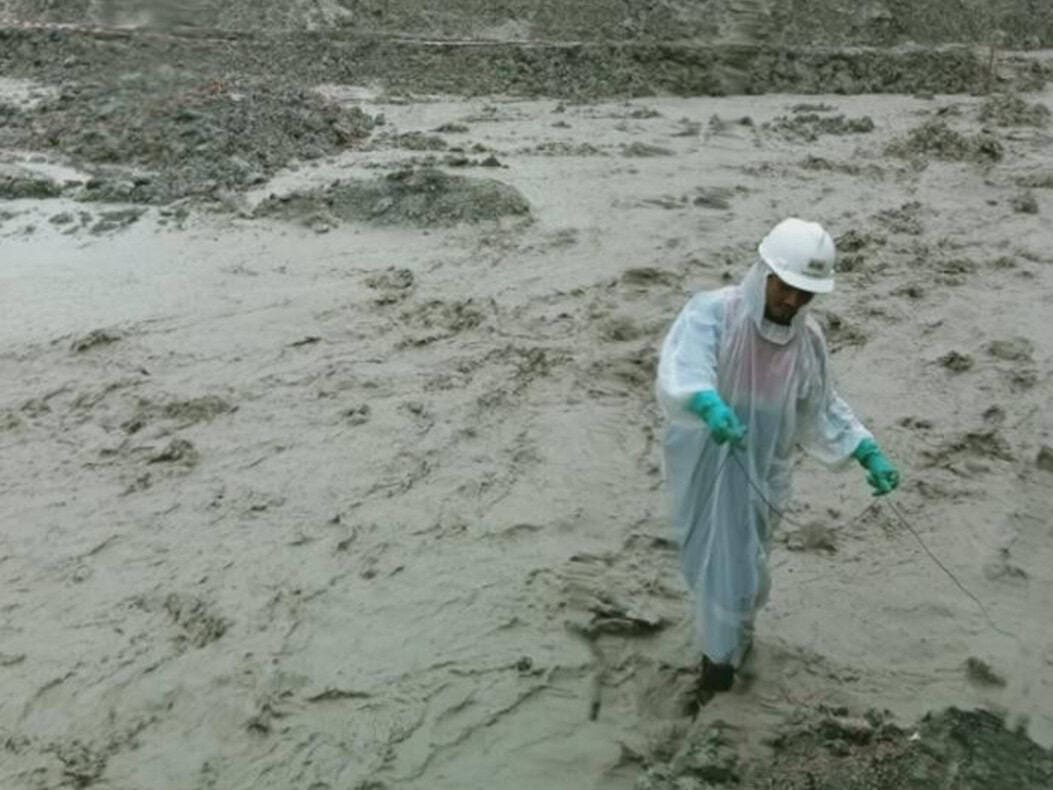Mines’ technology push means new approaches to digitisation
BME – thought leadership article on digital innovation
Mines’ technology push means new approaches to digitisation
Christiaan Liebenberg, Software Product Manager, BME
As mining companies increasingly look to new technologies to improve their productivity, they are starting to think differently about how they approach digitisation and automation.
The prolonged slump in commodity prices – along with no significant increase in productivity gains – has meant that mines have re-calibrated their cost structures, with technology now a key driver of enterprise sustainability. The development of new technologies and related software have been crucial in optimising equipment efficiency as well as process and system streamlining of material flow. They are also vital in containing costs on mines where costs are rising due to the growing complexity in their deposits, or increasing distances between the mine face and processing facilities.
Automation
The rapid evolution of autonomous haulage trucks, for instance, has been able to achieve improvements in performance and safety. Assisted-control equipment is becoming more common, and deployment of fully autonomous equipment is rapidly gaining ground in haulage, drilling and other processes. More advanced techniques for monitoring, assessing and controlling processes has also led to improved anticipation of potential failure – saving significantly on unscheduled stoppages and costly downtime.
Monitoring and control
Great strides have been taken in mines’ ability to monitor performance in real time, allowing better and quicker decision-making based on the data being received. More sensors are being added to mining equipment to provide critical data for daily operational decision-making. High-accuracy global positioning system (GPS) technology brings much greater precision to mining operations – assisting with various tasks from precision drilling and blast hole identification to truck navigation.
Analytics and machine learning
For the growing volumes of data to be usefully harnessed, mining companies have to transition into data ecosystems that cater for data velocity, variety, volume and veracity (data quality). This has led to continuous development in the field of ‘big data’, upon which advanced analytical algorithms can be built – including machine learning and artificial intelligence algorithms to predict future outcomes. These systems are capable of bringing historical and real-time data together, again facilitating better data-driven decision-making.
Changing relationships
As the mining sector enters the Fourth Industrial Age through these technologies, it is also experiencing changes to the traditional ways that mines and suppliers relate. Gone are the days when the customer tells the service provider exactly how they want their solution to be delivered. The breadth and depth of the challenges and opportunities presented by the digital age now require more intensive collaboration.
The more likely scenario is that a mining company will have to outline their needs and challenges upfront – so that a software provider can explore a range of solutions before reporting back. As a result, many mines are starting to look for longer-term partnerships to solve their digital and automation challenges. Moreover, due to the relative complexity of fields like software development, mines may find that a single service provider is not sufficient to address all their needs. Here, mines could expect to work with multiple software providers or contractors – all working together to deliver a solution.
Company-wide solutions
The growing sophistication of mining software – and the need for strategic decisions at a corporate level – means that mining companies will no longer be looking for solutions that serve only one mining site. Rather, they will want solutions that can be implemented across their portfolio of mining operations – irrespective of where these sites are geographically located. Digital communication and internet linkages makes all of this possible, placing further expectation on technology and software developers to generate wide-ranging and integrated solutions.
The sheer scale and complexity of these systems puts technological collaboration at the top of the mining agenda. To be successful, however, this process means the building of closer relationships – not just between mines and their suppliers, but between the various suppliers who must now work together to deliver these digital solutions to mines. Greater trust and mutual confidence between all these parties is going to be vital going forward.





